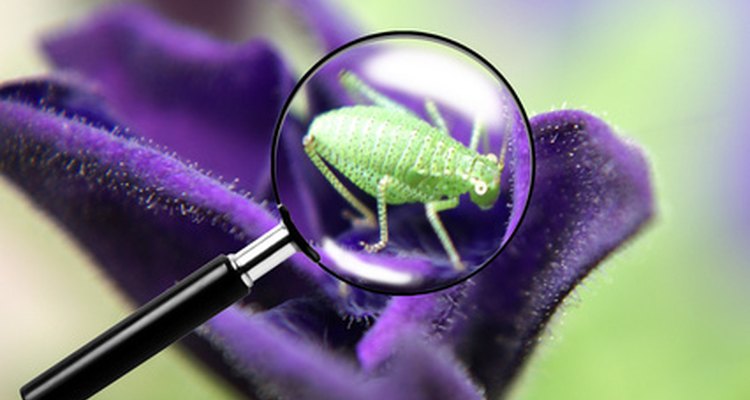
While many homemade garden insecticides call for a mixture of boric acid and salt, there is an alternative formula that provides insect protection without the need for handling toxic chemicals.
History
On May 10, 1937, Time Magazine published a short article, "Salt v. Insect," highlighting Pennsylvania State College professor Dr. Vernon Raymond Haber, who discovered the use of Epsom salt as a powerful insecticide when looking for natural insecticides to kill the Mexican bean beetle.
Aphid Attractors
Combining bran and sugar with the salt makes the insecticide more attractive to insects. To create your own, gather together bran, sugar and epsom salt. The bran can be any number of household grains, such as oatmeal or coarse flour. The sugar may be cooking sugar or molasses.
Application
Mix about 65 percent bran, 10 percent sugar and 25 percent Epsom salt, then add just enough water to make a thick paste. These proportions are approximate, but yield a mixture that is attractive to insects (which are drawn by the bran and sugar) while still being toxic to them (the Epsom salt dehydrates them). Spread the mixture around the base of any new plants or areas where infestation has been observed. While the mixture is toxic to insects, it's safe for humans and can be spread around food plants as well as decorative ones. The salt even provides some fertilizing benefits to the plants.
Alternative Use
To use a spray-based insecticide, dilute Epsom salt in water in a spray bottle and spray directly on beetles or other insects.
Benefits
The ingredients that make up Epsom salt (magnesium sulfate) are beneficial for the soil and plants in the garden for multiple reasons. Both help the creation of chlorophyll, and magnesium helps strengthen cell walls during seed germination.
Related Articles

How to Make Electrolyte Water With Salt ...

How to Finely Grind Celtic Sea Salt
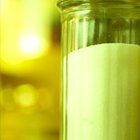
Salt Vs. Non-Iodized Salt
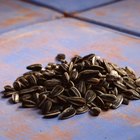
How to Remove Salt From Sunflower Seeds

What Is the Difference Between Salt ...

How to Do a Salt Covenant for a Wedding ...
A Saltpeter Substitute for Curing Ham
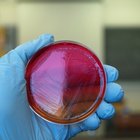
Uses of Saltpeter in Food
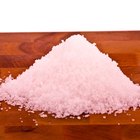
How to Use Sea Salt for Canning

How to Eat Fenugreek

What Is Gray Salt?

What Additives Are in Flour?
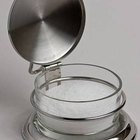
What Is a Salt Cellar?

How to Get Rid of an Ant Nest in the ...

How to Remove Salt Stains From Boots

Brown vs. White Sugar in Body Scrubs

A List of Leavening Agents

What Is Dye Made From?

Dangers of Salt Table Lamps

Will Cream of Tartar Whiten Teeth?